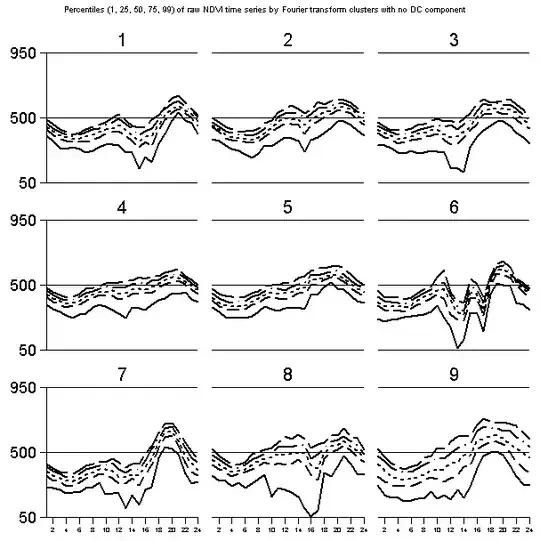Consider a Probability density function f(x) which is uniformly distributed between say (-5,5).Now if i define a random variable "y" which is related to the random variable "x" as follows:
y = 1 ; -2.5 < x < 2.5. (zero outside)
Since this mapping neither one to one nor does it correspond to a monotonic function.
How can i find the probability density function of transformed random variable?
